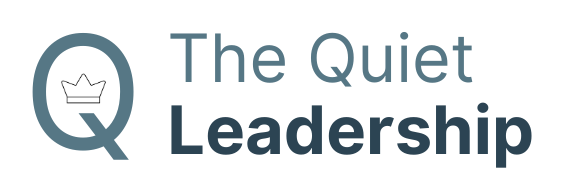How can we discern and assign value to emerging technologies ? Can a framework guide us with confidence to place smarter bets on technologies, trends and businesses?
The PROBLEM
Since earliest of times, we had faced the challenge of selecting a winner. In the modern age of accelerated innovation, it is virtually a random bet to pick a winning technology, trend or a business. We are posed with the ultimate dilemma of predicting the future. Can we challenge ourselves to arrive at a framework that can guide us to make wiser decision with limited data?
The answer is Yes … and for that we need to probe deep in the unlikeliest of places, our sub-conscious and manifestation of it in our every day behavior.
THE IDEA
Human behavior is catalyst for change. All change aims to fulfill our deepest physiological and emotional needs. A primitive organism has limited physiological needs and no emotional needs. However, the evolved brains of complex organisms have created the urge and shaped the desire to satisfy the emotional needs. This hierarchy of evolutionary development had been first spelled out by Abraham Maslow in 1943 in his seminal paper on human motivation and needs.
Instead of deploying crystal ball exercise to place technology bets, we must approach the problem from a behavioral angle. The premise is that any technology that aims to solve the deepest human urge is bound to thrive. I call this view point Behavioral Prism (BP). Just like a prism, the behavioral prism relates the usefulness of any idea, technology, trend and business into four dimensions of human needs – a desire to get Immediate Gratification (G), a need to mate and form Social Bonding (B), to make decisions by Finding Answers (A) , and to hold on to life and one’s possessions Security (S).
A technology, trend or a business can be looked through behavioral prism to see if it satisfies the four of the deepest human needs. The probability of success depends on the strongest alignment with these four crucial human behavioral elements.
We must now try and put Behavioral Prism to test.
THE TEST
Computer technology have witnessed remarkable changes in the last 70+ years. They started as behemoth machines to provide answers to simple mathematical functions. With the advent of transistors, innovation in architecture and software, it became a tool for work productivity and personal gratification (word processing, financial spreadsheets, home assignments and gaming). Later on, with the rise of internet, it morphed again to become a means of bonding with colleagues, family and friends through the use of emails and social media.

Behavioral Prism is not only for present, we can also use it to interpret the past. Over the centuries, the mode of transportation has changed from horse carriage to ships, trains, cars and to planes. However, all of these manifestations of transportation had served to fulfill the same basic human desire, which is to reach destination in the shortest possible time. Most importantly, human beings deeply cherishes the desire for immediate gratification. The mapping of industries into Behavioral Prism is illustrative of its power to break the complexity into simple strands.

How about today’s FANG, can Behavioral Prism tell something about their success? What is rather interesting is that each FANG company faithfully check on the box of immediate gratification, and then serves different human emotional urges. Under the hood of these companies is a core product serving the fundamental human needs. This is enabled by coming together of diverse set of technologies like cloud computing, broadband and cellular.

THE SUMMARY
Behavioral prism provides a simple yet rich perspective without using the crutches of luck and supernatural causes to explain success. It’s guiding principle of using human behavior to anchor technology and to establish relevance is natural. Application of BP to today and future technologies is endlessly interesting.
Lastly, strong frameworks operate on the principle of flexibility and evolve over time. I would like to hear your feedback. Can you come up with examples that does not fit the paradigm of Behavioral Prism?
Discover more from The Quiet Leadership
Subscribe to get the latest posts sent to your email.


